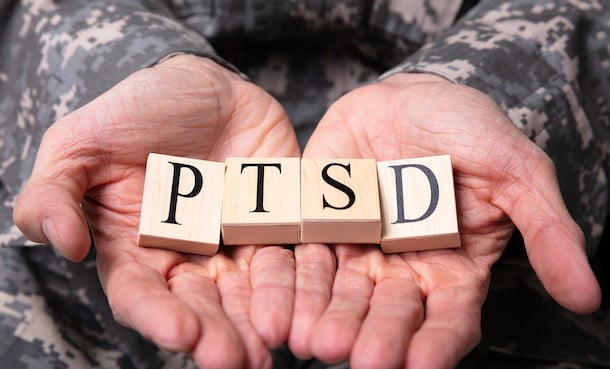What is PTSD
Post-Traumatic Stress Disorder (PTSD) is an actual American Psychiatric Association diagnosis, set in place in 1980. During this time, a group of Viet Nam Veterans partnered with two New York psychoanalysts, Chaim Shatan and Robert J. Lifton to lobby for a legitimate pronouncement of this debilitating disorder for the purpose of gaining more research and treatments.
Symptoms of PTSD include:
Intrusive thoughts – repeated flashbacks, involuntary recollections and disturbing dreams so vivid that people feel like they are experiencing the event in present form.
Avoidance of relevant factors – these include avoiding people, places, events, and/or anything and everything that might trigger the original feelings and reactions to the trauma.
Negative thoughts and feelings – panic, horror, outrage, guilt and even shame
Hyper-arousal – hyper-vigilant about even safe events believing something horrible will happen, short-tempered, impatient, severe numbness towards other people.
Current PTSD Statistics:
According to PTSD United:
- 70% of adults in the U.S. have experienced some type of traumatic event at least once in their lives. This equates to approximately 223.4 million people
- Up to 20% of these people go on to develop PTSD. As of today, that equates to approximately 44.7 million people who were or are struggling with PTSD.
- An estimated 8% of Americans − 24.4 million people − have PTSD at any given time. That is equal to the total population of Texas.
- An estimated one out of every nine women develops PTSD, making them about twice as likely as men.
How Can Therapy Help Me
Fortunately, because of all the research conducted and treatments performed, more help is readily available. Therapy, performed by those skilled in traumatic therapy, remains the most effective treatment. Experienced therapists, like Ben Wolf, of Hope and Healing for Life knows how to help you work through your trauma, using the latest effective tools, such as listening, sensitivity and understanding. The most effective tool for PTSD is validation. We know how to listen and identify where your trauma begins and can help you emotionally walk through your painful event to a successful, and peaceful, lifelong outcome.
Our treatments include:
- Symptom reduction – through improved, emotional regulation, increased distress tolerance, cognitive reconstruction, and behavioral changes.
- Tolerance build-up – either through flooding or desensitization of the trauma, until a more balanced review of past events is established
- A new and more healthy connection between the past and present – using new skills and adaptive understanding, the ability to move on from trauma experience is created
- If necessary, a support system is set up and an ongoing care plan is established for those who may need more treatment.
Call Ben Wolf Today
Living with PTSD is nearly impossible to live with. It complicates your life and can affect your health. PTSD is also very treatable to allow you to live the life you deserve, free of the debilitating effects of this overwhelming disorder. If you live in the St. Paul, MN area and have any questions about PTSD and trauma therapy, or would like to set up an appointment, please feel free to contact Hope and Healing for Life at (612) 643-1920.

